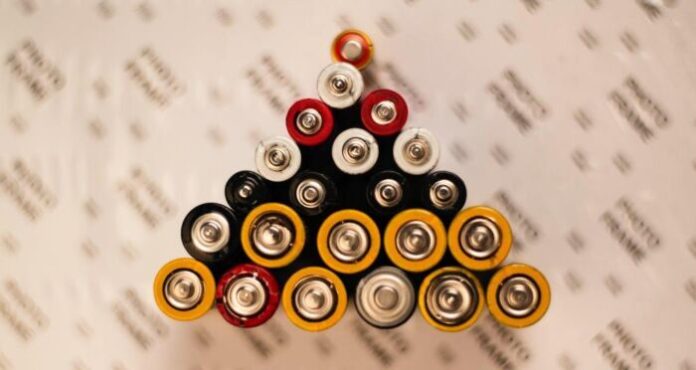
Once their life cycle is exhausted, portable batteries and accumulators cannot be disposed of as unsorted waste but must be disposed of separately as they contain toxic substances which, if dispersed in the environment, are highly polluting.
The term pile means a source of electrical energy obtained through the transformation of chemical energy. The term includes primary batteries (non-rechargeable batteries), i.e. zinc-carbon, alkaline-manganese, lithium and zinc batteries and silver oxide, and secondary batteries (accumulators), such as used lead batteries. for cars and trucks, nickel-cadmium, nickel-metal hydride, ion and lithium polymer batteries (for example, those of smartphones).
What makes batteries highly polluting are thinking metals such as lead, cadmium, chromium and mercury: the latter element in particular is very dangerous, just one gram is enough to pollute 1000 liters of water. Lead and sulfuric acid are also harmful to the environment: a single battery is capable of polluting 40 liters of water for fifty years.
SmartRicicla, the application for separate collection, explains how you dispose of used batteries. Because of their highly polluting power, exhausted batteries must never be thrown away with other waste but disposed of separately according to the provisions of Legislative Decree 188 of 20 November 2008.
As for primary batteries, it is possible to transfer them to collection points in all Italian cities, usually located near shopping centers and in the city center. Alternatively, they can be delivered to authorized collection stores or directly to collection centers.
The disposal of car batteries, on the other hand, will be dealt with by the dealers and mechanical workshops that will be contacted for replacement.
Before disposing of batteries, it is good to check that they are actually discharged. Many times, in fact, a certain amount of usable energy is still present inside them, therefore it is possible to move the batteries in a low energy absorption appliance, such as the TV remote control or an alarm clock.
If, on the one hand, spent batteries can represent a danger to the environment, on the other hand, they are a source of resources if properly recycled. Alkaline batteries can recover more than 300 kilograms of zinc and 250 of iron and nickel which are used to re-manufacture all types of objects: from table forks and spoons, to car plates, batteries and photovoltaic panels.
Read more:
- Separate collection: how to properly dispose of WEEE waste
- Separate collection: how to dispose of bulky waste
- Separate collection: how to dispose expired medicines
- Separate collection: how to recycle used cooking oil
- Separate collection: how to recycle metals: steel and aluminum
- Separate collection: how to recycle glass
- Separate collection: how to recycle paper waste
- Separate collection: how to recycle single-use gloves and masks
- Separate collection: how to recycle plastic waste
- How to make separate collection: what to throw in the unsorted waste
- Separate collection: how to properly recycle organic waste
- How to make the separate collection: recycling codes and symbols
- How to recycle: a guide to separate collection




































